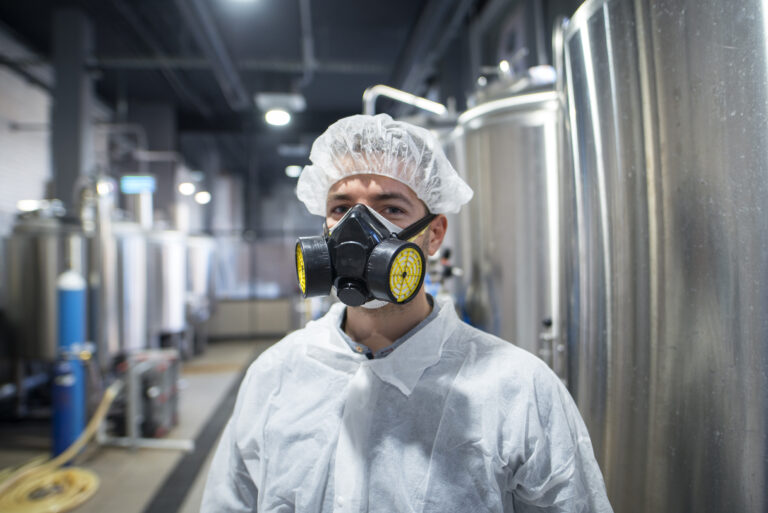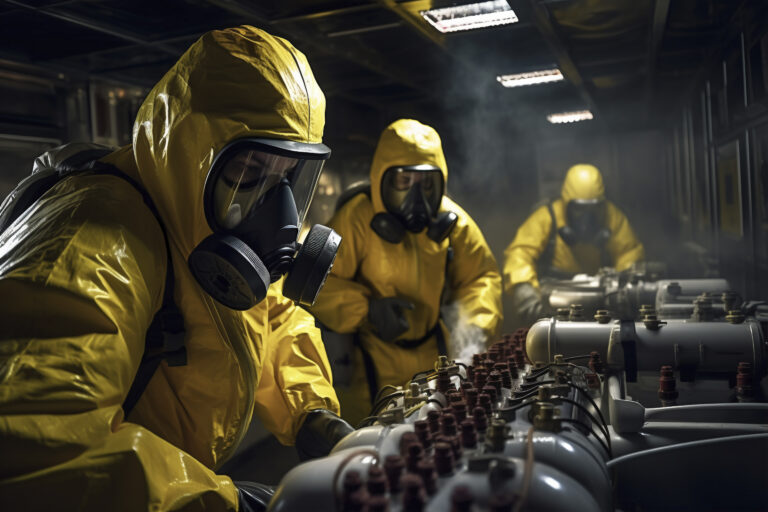The Occupational Safety and Health Administration (OSHA), responsible for ensuring occupational safety and health in the United States, has updated its regulations on respiratory protection to respond to growing concerns in industrial and high-risk work environments. In this article, we tell you everything you need to know to comply with the new requirements and protect your employees.
What is the OSHA Respiratory Protection Standard?
The OSHA respiratory protection standard, specifically the standard 29 CFR 1910.134, establishes requirements for the protection of workers who are exposed to airborne contaminants, such as dusts, fumes, gases and vapors. This standard is mandatory for any employer who has employees exposed to these risks.

Main Updates to the Standard
Recently, OSHA has made important changes to improve safety related to respiratory protection. These changes include:
- Mandatory Risk Assessments
Employers must now conduct more comprehensive and documented assessments of respiratory risks in their facilities, in order to identify contaminants and take preventive measures. - Mandatory Training
The requirement that employees receive adequate training for the correct use of respiratory protective equipment has been reinforced. Training should be specific to the risks present in the workplace and conducted periodically. - Medical Exams and Respirator Fitting
Employers must ensure that workers who use respirators undergo regular medical examinations to determine their fitness to use this equipment. Additionally, fit testing of respirators is mandatory to ensure their effectiveness. - Equipment Maintenance Requirements
Employers are required to maintain respiratory protective equipment in good condition, including cleaning, proper storage, and regular inspection of respirators.

Why Are These Updates Important?
Changes to OSHA's respiratory protection standard seek to improve the prevention of serious occupational diseases, such as silicosis, lung cancer, and other chronic respiratory conditions. Complying with this standard not only protects employee health, but also helps avoid penalties from OSHA, which has increased inspections in high-risk industrial sectors.
How to Comply with the New OSHA Standard
To ensure your business complies with this updated standard, follow these steps:
- Conduct a risk assessment: Identify all respiratory risks in your workplace.
- Train your employees: Make sure all employees understand how to properly use their respiratory protective equipment.
- Establish a maintenance plan: Implement a system to check, clean and replace respiratory protective equipment.
- Consult with an OSH expert: If you have questions about how to apply the standard, work with Occupational Health and Safety specialists to ensure full compliance.
Conclusion:
Keeping your employees protected with up-to-date OSHA regulations is not only a legal requirement, but a key responsibility for the well-being of everyone in your company. Correctly implementing respiratory protection measures can prevent serious illness and improve workplace safety.

